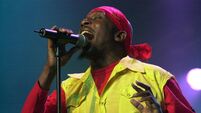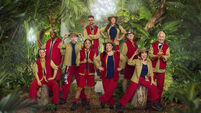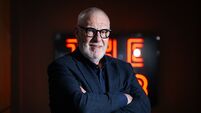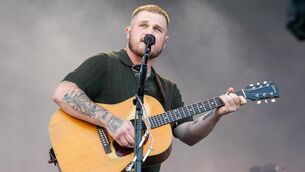Eoghan Daltun: My 10 favourite nature books
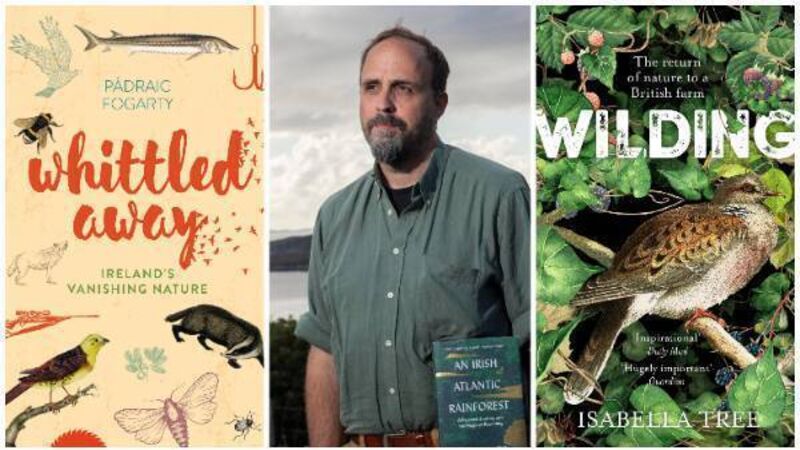
Eoghan Daltun is author of An Irish Atlantic Rainforest.
I love reading, and I think this helped enormously when I decided to write my own book, An Irish Atlantic Rainforest: A Personal Journey into the Magic of Rewilding (Hachette Ireland, which was published last September.
But I only go for non-fiction; the last real fiction I read was probably a decade ago or more now. I went through a long period of reading mostly books about the natural world and ecology, as I was working to restore my own rainforest, and was fascinated with how ecosystems work.
A whole new world was opening up for me. But I also like history, and books on various aspects of what might loosely be described as "the human condition".
The titles listed below are among those that had the greatest influence on my own thinking and writing. It’s very far from being comprehensive; in fact, there are a dozen other books I’d happily have included here.
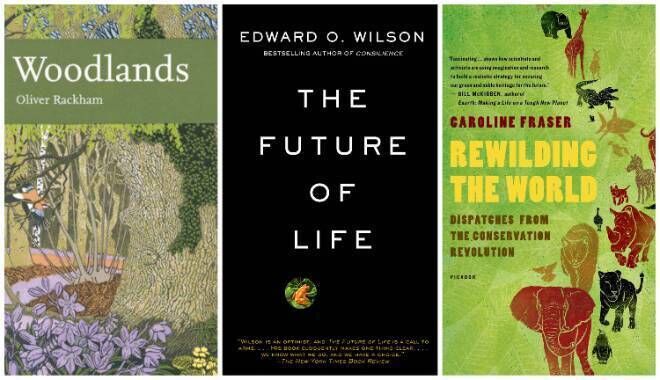
I bought this book a few years before we got our farm on the Beara Peninsula in 2009, and for a long time afterwards it was a sort of go-to bible for all things trees and forest. Rackham opened my eyes to so many aspects of woodland ecology, such as how self-seeded wild native trees are generally much so better ecologically compared to their planted equivalents. He was also the first to make me aware that our native tree species are, as George Monbiot later described them, ‘elephant adapted’, having evolved together with pachyderms like the straight-tusked elephant, now extinct due to human over-hunting in prehistory. However, while very good on the ecology, I now find Rackham at times tended to dwell too much on the human angle, such as the historic uses of various timbers.
This book blew me away when I first read it in 2010, lifting the curtain to so much of how ecosystems function, and how we as a species have been preventing them from doing so properly. Though first and foremost an entomologist (insect specialist), Wilson was almost certainly the most ground-breaking biologist of the last 100 years or so, his discoveries and theories extending to how we too evolved to be the species we are. My first copy of this book, which I sadly lost, was crammed with pencilled annotations in the margins, often with several exclamation marks, and lengthy underlined sections. I later got another copy, but it’s not the same.
Around 2011, I came across the concept of ‘rewilding’, and having looked online for further reading material, found and ordered this wonderful book, one of the very first to be published on the subject. In it, Caroline Fraser takes us to rewilding projects the world over, and the explorations of the ecology, sociology, and politics behind bringing back wild nature are just excellent. It was my first introduction to how we don’t have to accept the continued death of the natural world all around us; that in most cases nature has an immense power to rebound if we stop the activities that are constantly preventing it from doing so; that there is hope. I often dip back into this one.
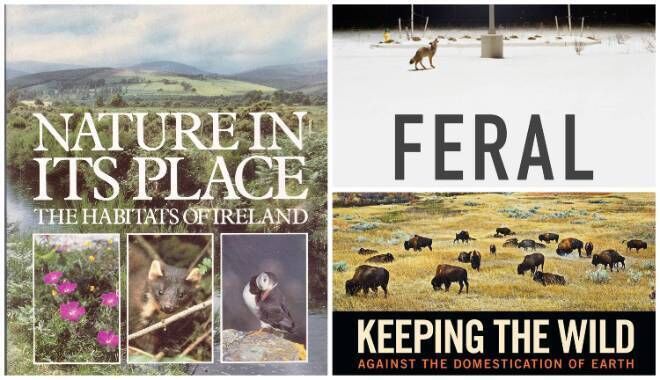
I’ll be honest here, while this is a great book overall, it’s only included on this list because of one chapter of seven: ‘Woodland Layers’, which gives so much insight into what makes a natural woodland in a healthy state tick, and how all the various components – trees, ground flora, insects, birds, mammals, fungi, etc. – fit together seamlessly as a functional ecosystem. Mills looked in particular at Killarney National Park, which even back then in the 80s was suffering heavily from invasive species sika deer and rhododentron ponticum, a situation which has continued to worsen ever since. I picked up my copy of this book second-hand, as I usually do wherever possible.
When it comes to writing that manages to combine well-researched science with lyrical description and visceral emotion, Monbiot is probably unsurpassed, so I was very excited when I heard this book was coming out over a decade ago now. And it certainly didn’t disappoint, with imaginative and far-reaching dives into every aspect of rewilding, from how ancient megafauna once roamed what is now central London to how our own lives could be so much more fulfilling if our current disconnect from the natural world was lessened. This was also the first book I read on rewilding written by an author based on these islands, and it has informed much of my thinking on the subject ever since.
A compilation of pieces from a total of 22 writers on the global ecological crisis, this brilliant book examines what can – and must – be done to reverse it. While reading it in 2015, this was another victim of my terrible habit of underlining more important passages in pencil and making notes in the margins. But many of the pieces in this book have more lines underlined than not, thereby making the exercise somewhat ridiculous. I also marked each one out of ten for future reference, nearly all of them scoring nine or ten (one even got twelve out of ten!). Its companion volume ‘Protecting the Wild: Parks and Wilderness, the Foundation for Conservation’, edited by the same three authors (2015), is equally good.
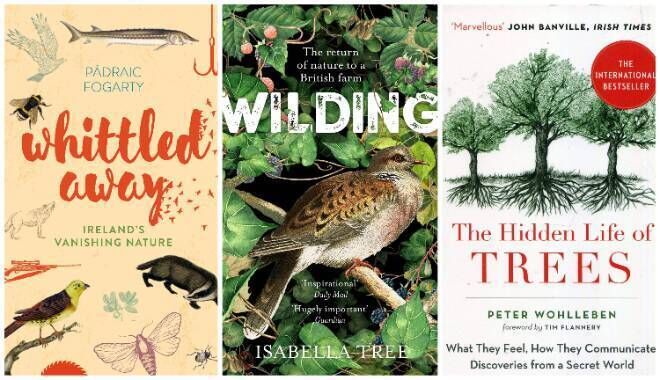
‘Whittled Away’ demolished the false myth of the ‘Emerald Isle’ in no uncertain terms. It showed comprehensively that, behind the green façade, Ireland is one of the most ecologically wrecked places on Earth. It showed how industrial farming, fishing and forestry have whittled away, and are continuing to do so, biodiversity on this island down to near nothing. But in this book, Pádraic does far more than just bemoan how bad things are: practical solutions are offered that could, with the right political and societal will, be implemented tomorrow. That means, above all, returning wild natural ecosystems on a mass scale, i.e. rewilding. An absolutely landmark book for Irish nature.
This hugely inspirational book charts the journey of a 3,500-acre farm in West Sussex, England, from industrial chemical-soaked and diesel-powered agriculture to a form of extremely High Nature Value farming. The owners, Isabella Tree and Charlie Burrell, took the incredibly courageous decision to move in a totally different direction in 2000, having increasingly struggled to make conventional farming work financially. But they were also aware of the desperate plight of nature in their area, including their own land. Following the cessation of intensive farming practices, they were witness to the return of abundant and diverse populations of wildlife, including many rare species, a remarkably powerful demonstration of how nature can and will return if we only let it.
Peter Wohlleben started out as a forester in Germany, but over time became ever more disillusioned by what he saw in the industry, for which trees are no more than a crop. Instead, he began to investigate just how amazingly complex they are, not just in themselves, but as pillars of an integrated ecosystem, in which thousands of species interconnect in the most mind-boggling ways. This book was the first to popularise, for example, the findings of Prof. Suzanne Simard, who had been working on the interactions and symbioses between trees and fungal networks, communicating and even sharing resources via an underground web. One of the best things about ‘The Hidden Life of Trees’ is how it makes deep science highly accessible in a light-hearted, and somewhat quirky, German way.
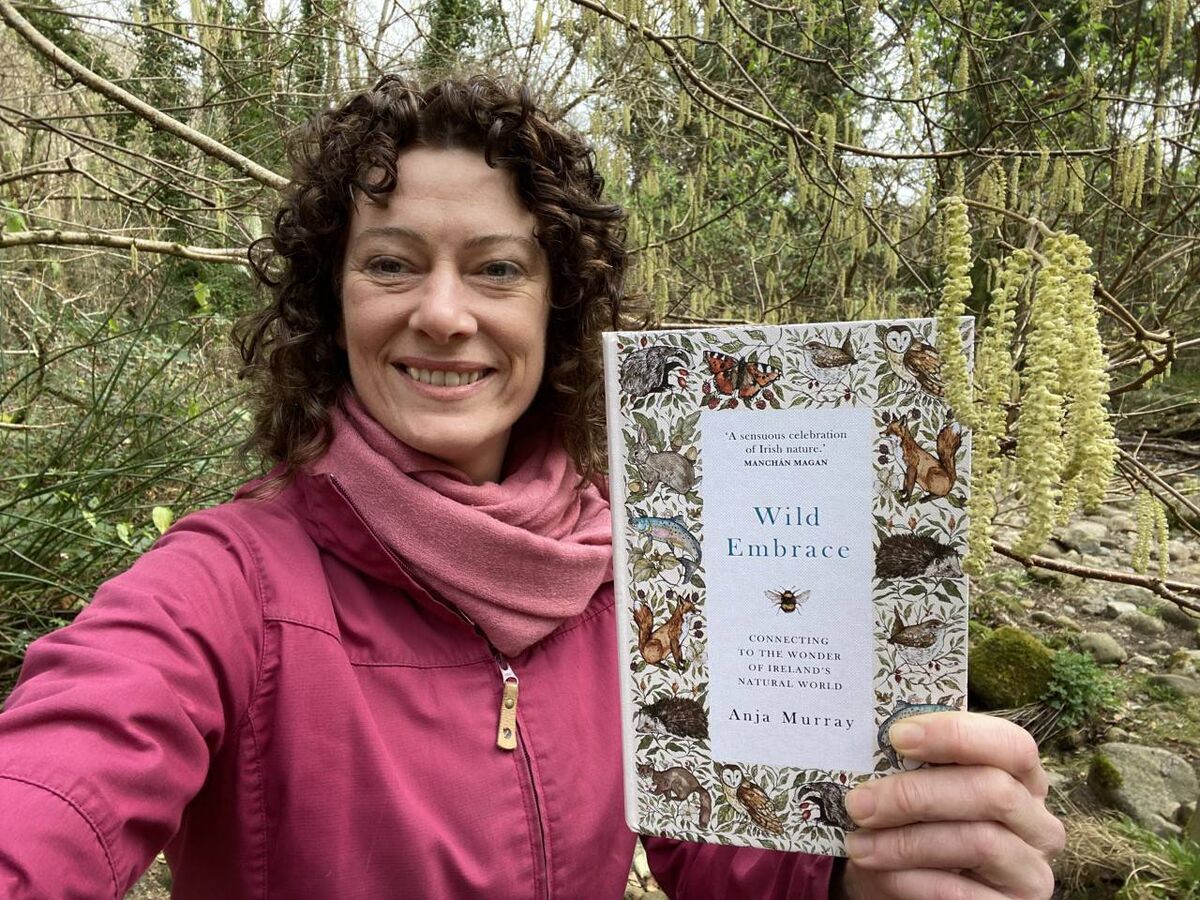
Only just released on March 9th, Anja Murray’s ‘Wild Embrace’ takes us on a fantastic adventure of rediscovery: of the wild nature that still hangs on in pieces here and there all around in Ireland, and of the place within every one of us that yearns for reconnection with this hidden world. You rightly won’t find any avoidance of the desperate state of Irish nature in this book, on the contrary. But hope for recovery is identified in the “three-legged stool of wonder, knowledge and action.” In other words, by deeply engaging with the wild once more, learning a little of how ecosystems really work, and rolling up our sleeves to finally do what needs doing, nature can, and will, come roaring back. A hugely important, and simply delightful, book.
- Eoghan Daltun is based in West Cork, and is author of An Irish Atlantic Rainforest: A Personal Journey Into the Magic of Rewilding.
- He will be at Cork World Book Fest on Weds, April 19, at Cork City Library for a discussion of eco writing that also includes Emma Must, and Grace Wells. The festival runs April 15-25: https://corkworldbookfest.com





